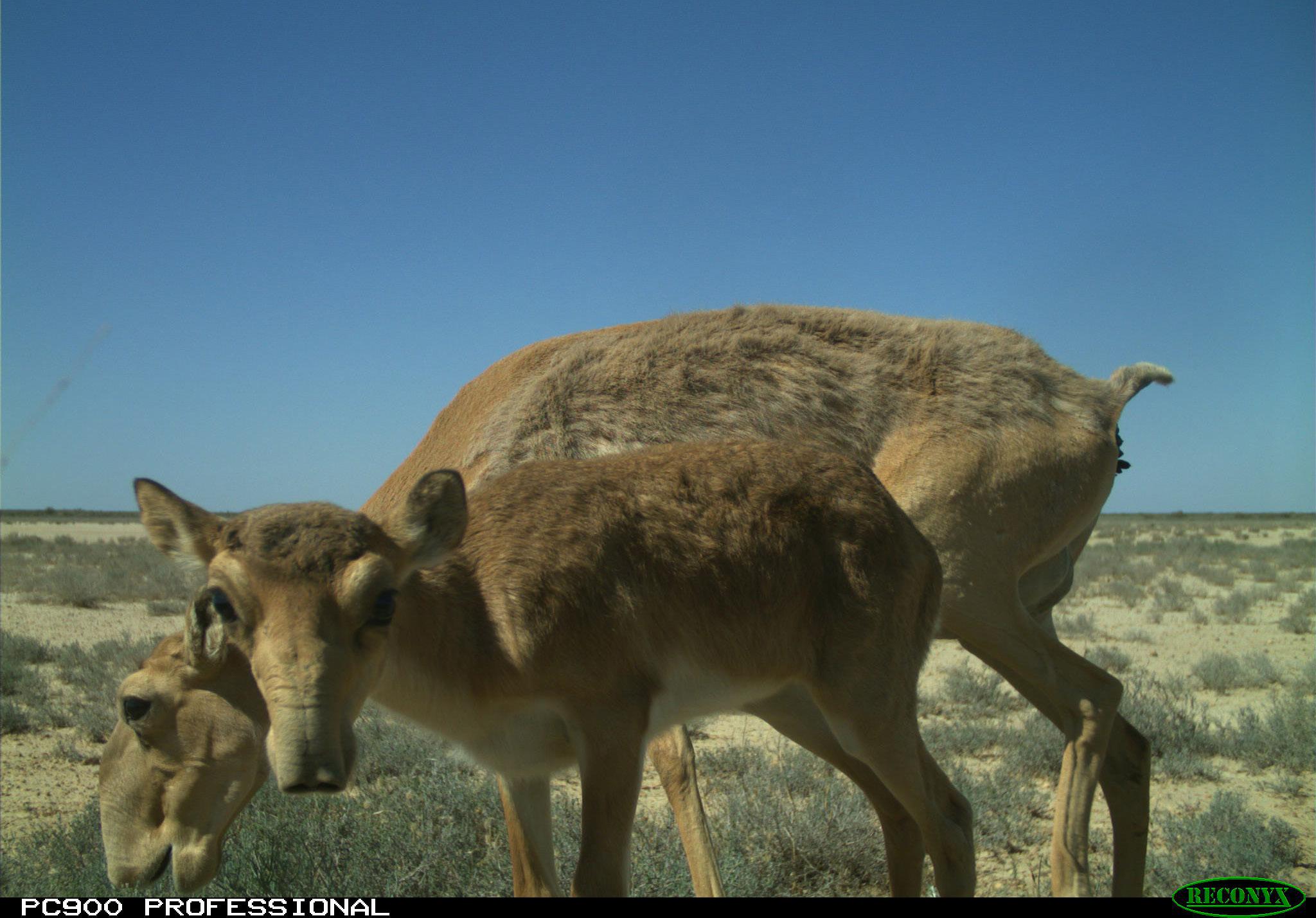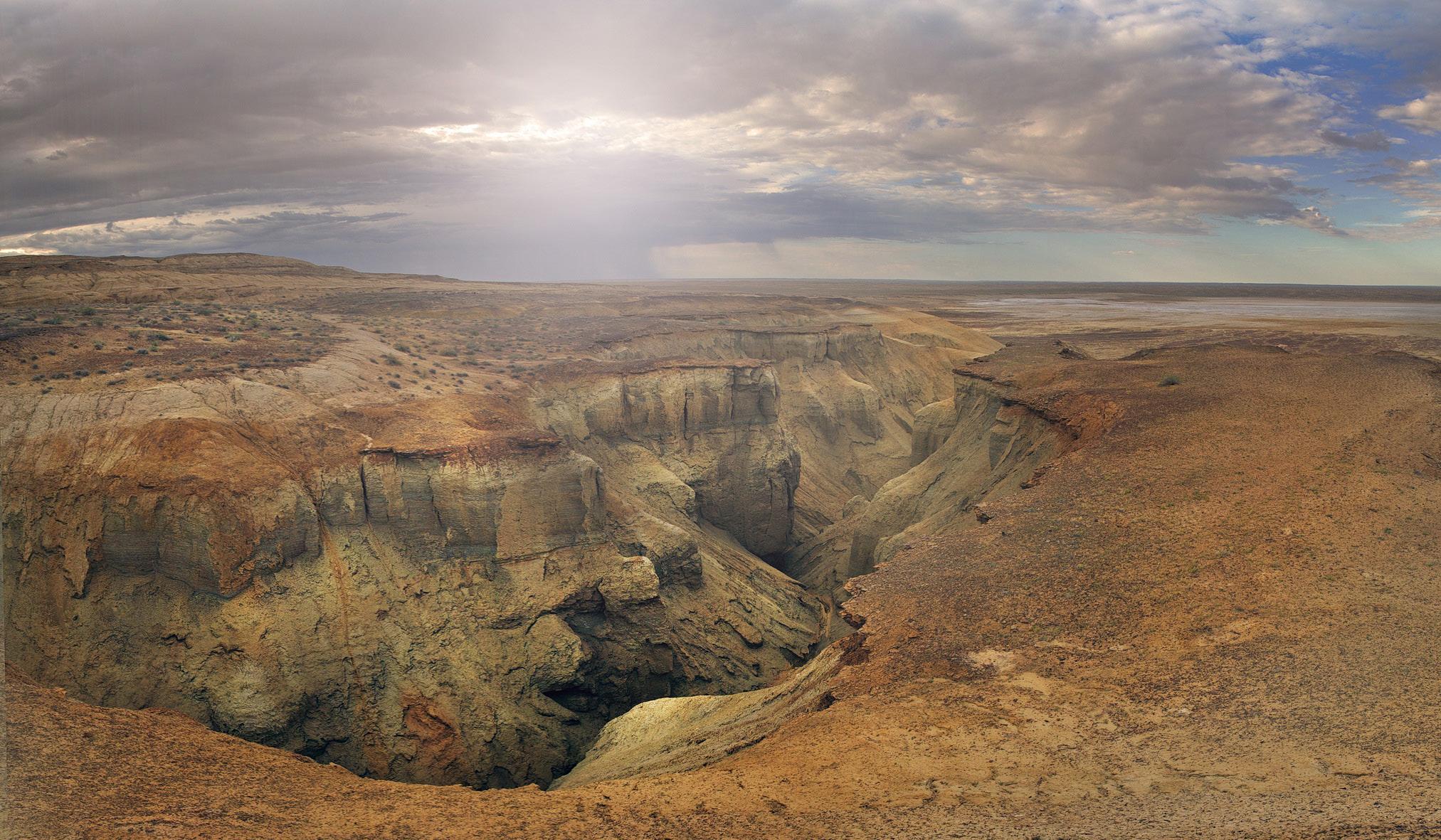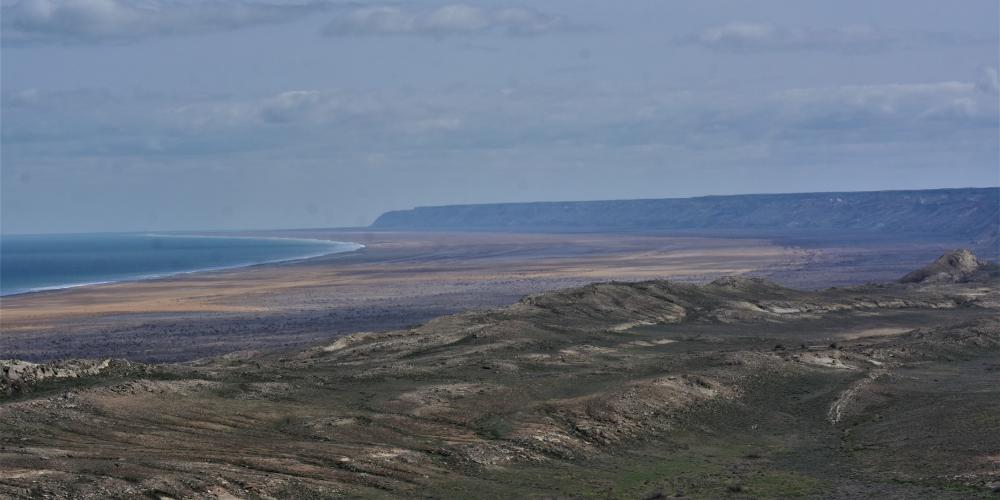Saigachy Reserve

One hundred thousand years ago, the saiga antelope roamed an area the entire width of Europe and Asia, from the British Isles to the east of Russia. Thousands of years ago, they had survived the Ice Age but their territory had decreased, focusing on the steppe of Central Asia. Today, they are considered a critically endangered species and are found in only a few small pockets of land. One of those areas is in the northwest of Uzbekistan and has been protected as the Saigachy Reserve.

The saiga antelope, with their distinctive bloated nostrils, are gorgeous animals and one of the main reasons for the formation of the Saigachy Reserve, in which there are only about 50 residents and about 100 that migrate here. But the territory was also intended for the conservation of several other plant and animal species, including the goitered gazelle, the marbled polecat, and the nocturnal and secretive feline known as the caracal.
The landscapes of the Saigachy Reserve are relatively flat, although there are some deep crevices with cliff systems leading below the surface. Most of the ground consists of clay deserts, as well as some stony plains with low-lying vegetation like shrubs and turf grass. Like the Barsakelmes State Nature Reserve in Kazakhstan, the drying of the Aral Sea has had a large impact on the scenery here.

Because the Saigachy Reserve is in a very remote part of Uzbekistan, visiting the area is difficult. However, infrastructure for ecotourism is being developed and visitors will soon be an important part of the conservation efforts.

